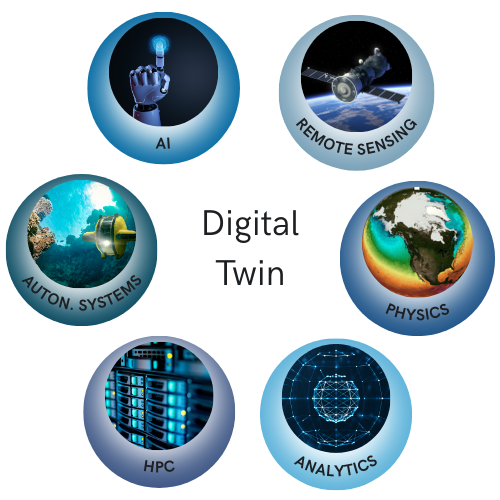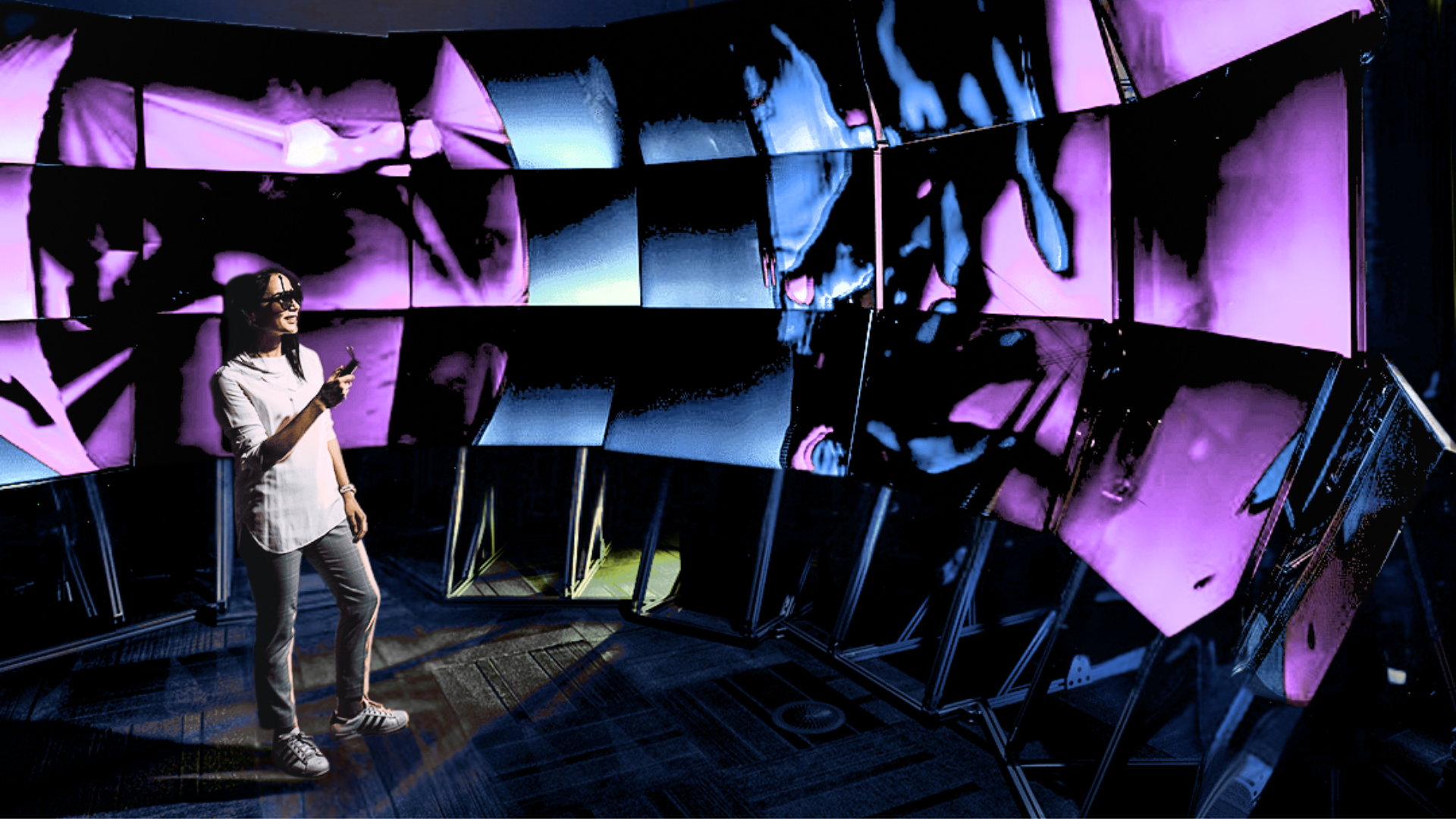CLIMATics Group
We develop advanced modeling, monitoring, and analytics capabilities to understand and predict the Kingdom‘s environment and climate and support its sustainable growth.
Lead the digital transformation of climate and environmental systems across the Arabian Peninsula through advanced modeling, artificial intelligence, and high-performance computing. CLIMATics envisions a future where science, data, technology converge to deliver real-time understanding and predictive insight into the Earth system. Integrating physics-based models, AI analytics, and multi-source observations, we deliver actionable intelligence to drive sustainability, strengthen resilience, and help decision-makers adapt to an evolving environment. |
The CLIMATics Research Group strengthens Saudi Arabia’s climate and environmental resilience through next-generation tools for modeling, monitoring, prediction, and optimization. By integrating physics, data science, AI, numerical methods, and high-performance computing, we deliver innovative, effective solutions aligned with Vision 2030. Our interdisciplinary research informs policy, improves resource management, and supports sustainable growth across the Kingdom and beyond.
At the heart of our mission to create a transformative digital twin of the Arabian Peninsula's environment and climate are six interconnected pillars. Each plays a crucial role in integrating cutting-edge science and advanced technologies to enable a comprehensive, technology-driven, and predictive approach to addressing complex environmental challenges. By combining principles of physics, data science, and computational modeling with state-of-the-art sensing and artificial intelligence, we ensure the digital twin is grounded in robust scientific methodologies and real-world applicability.

We are proud to collaborate with leading governmental and industrial entities that share our commitment to advancing sustainable development and innovation. These strategic partnerships bridge science, policy, and industry—transforming research into practical solutions for the Kingdom and beyond. Together, we partner on initiatives that enhance climate resilience, environmental monitoring, and resource management.
Our collaborations include national agencies driving Saudi Arabia’s Vision 2030, global technology leaders accelerating digital transformation, and energy-sector innovators pioneering sustainable pathways for the future. Each partnership strengthens our capacity to deliver climate intelligence that supports informed decision-making and promotes long-term environmental stewardship.

We partner with leading research institutions and world-renowned universities, bringing together our collective expertise and knowledge. Through these collaborations, we strive to push the boundaries of innovation and develop groundbreaking solutions that address global challenges.
These collaborations not only push the boundaries of scientific discovery but also nurture the next generation of researchers through shared training, innovation programs, and knowledge exchange. Through global cooperation and collective expertise, we are building the digital foundations for our future.

We harness world-class research resources to drive innovation and accelerate discovery. Our work benefits from Shaheen III, the largest and fastest supercomputing facility in the Middle East, alongside the advanced visualization capabilities of the HPC and Visualization Core Lab.
These cutting-edge tools, combined with the expertise of the KAUST Core Lab teams, empower us to tackle complex environmental challenges, perform high-resolution simulations, and translate data into actionable insights.


24 November, 2025
WIN- Delivering high-resolution, fuel-efficient ship routing tested successfully on Red Sea tanker operations.
15 October, 2025
KAUST’s CLIMATics and Saudi Aramco’s EPD announced three new U.S. patents for advanced oil spill detection and response technologies, strengthening their collaboration in environmental protection and marine sustainability.
29 September, 2025
The Climate Change Center hosted a workshop on “Extreme Weather and Climate in the Arabian Peninsula and Their Future,” bringing together 120 participants to discuss climate extremes, regional risks, and adaptation strategies.